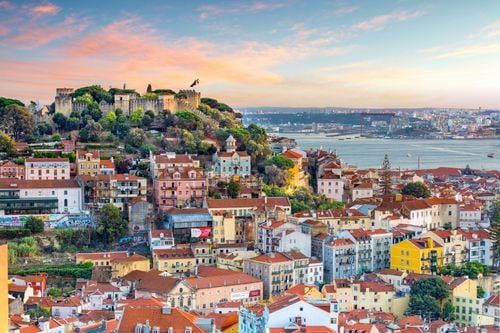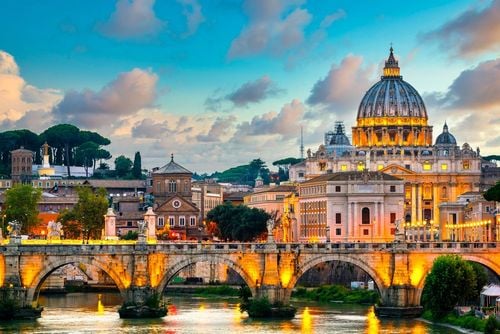Spain, a stone's throw from Africa
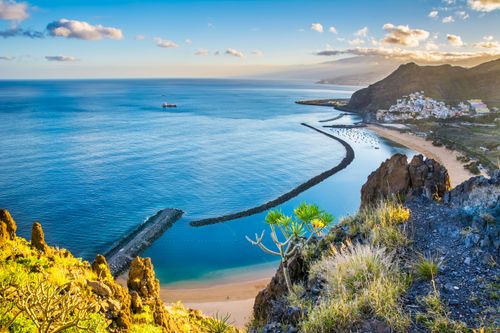
Village côtier à Ténérife
- © Balate Dorin / Shutterstock
Spain, a stone's throw from Africa
The Canary archipelago has a reputation to live up to: this little corner of paradise, with its ten million annual visitors, stands out for its diverse panoramas. A trip to the Canary Islands reveals another facet of Spain, in the heart of the Atlantic.
Enjoying an eternal spring, the archipelago comprises seven islands: Tenerife, Gran Canaria (nicknamed the miniature continent), deserty Fuerteventura, volcanic Lanzarote, La Palma, La Gomera and El Hierro. There are also a few islets off the Saharan coast in the middle of the Atlantic Ocean. From Tenerife and its imposing Teide volcano to the heavenly beaches of Fuerteventura, via the rugged terrain of La Gomera... Each island has its own landscape and its own identity.

Timanfaya National Park in Lanzarote.
- © Vunav / ShutterstockIt was in the Canaries that the Greeks set the famous Garden of the Hesperides, and it's easy to see why: lush vegetation, crystal-clear turquoise waters, volcanoes, mountains, primary forests, dunes, cliffs, towns with colonial charm and beaches of white or black sand dot this astonishing territory, where there's something for everyone.
Let yourself be charmed by an exotic culture, supported by the music, gastronomy and language that give the region its identity. A know-how and a way of life that the Canaries preserve like the most precious of treasures. Between prickly pears, cigars, rum and bananas, there's a Caribbean air about this archipelago, which for a long time served as an obligatory stopover on the Spanish route to the Americas! It's no coincidence that there's an entire Canary Islands community in Venezuela and Cuba...
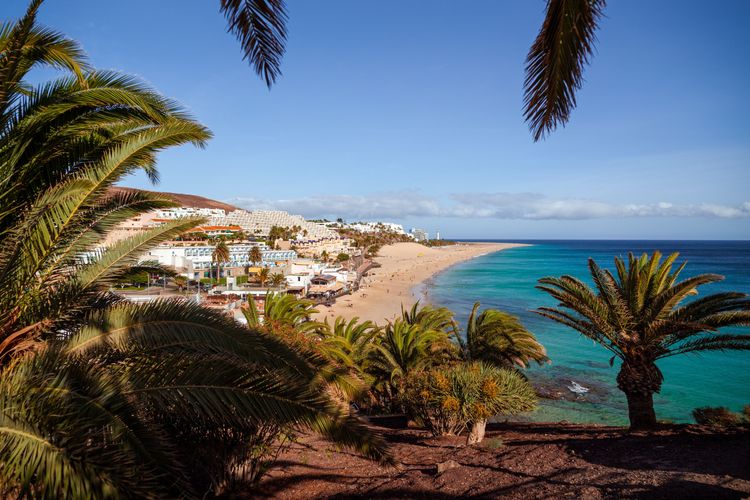
Morro Jable beach in Fuerteventura.
- © jaras72 / ShutterstockSituated just a stone's throw from the Moroccan coast, each of the archipelago's islands reveals a unique face. Tenerife and its majestic Teide volcano, which rises to 3,718 metres, the dreamy beaches of Fuerteventura, the lunar horizons of Lanzarote, while Gran Canaria is a concentration of the Canary Islands' different landscapes. Sahara-like scenery, endless dunes, palm trees galore and a blazing sun. The Canary coastline offers a complete change of scenery and reminds you that Africa is not far away. The sea temperature varies between 19 and 24°C!
The floraand fauna of the Canary Islands are extremely rich. They include both endemic and imported species. The flora is notable for its variety, which means that the fauna is equally diverse. There are a large number ofbirds, both native and migratory, as well as a range of reptiles.

The Santa Ana Vegueta cathedral in Las Palmas de Gran Canaria.
- © Balate Dorin / ShutterstockThe Canary Islands are distinguished from the rest of Spain by their culture. The many centres of interest and museums that dot the archipelago are testament to this. You can see the essence of Canarian culture in its well-preserved crafts, in the originality of its cuisine, and in its music and art. They also have a very special language of their own, which they try to preserve: silbo. This is a whistled language that enabled the Canaries to communicate by overcoming the difficulties of orography. There are also plenty of original, indigenous festivals and sports!
Finally, there's no shortage of activities. Tenerife is the island with the largest number of leisure parks. It's also the island of golf, with 8 courses, but Gran Canaria is also a leader in this field. Kitesurfing is practised everywhere, but Fuerteventura is THE world-renowned spot.

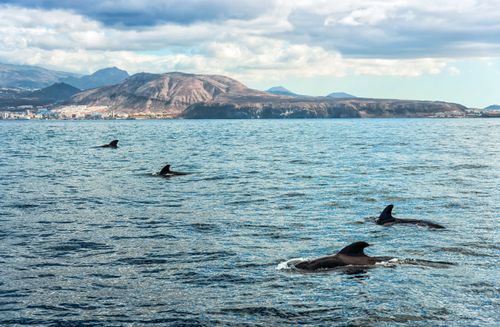
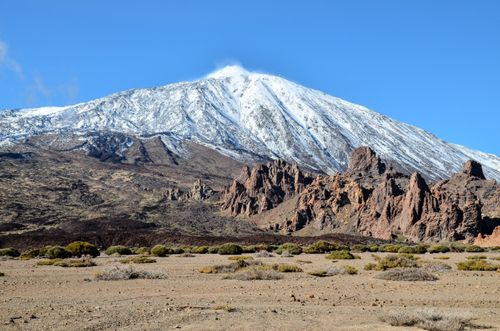
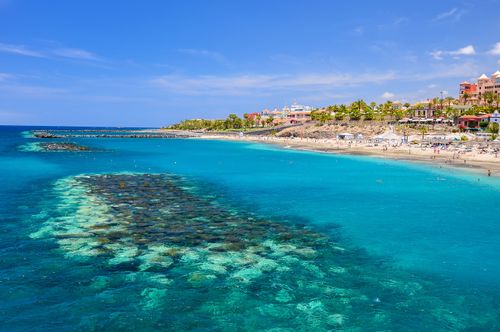
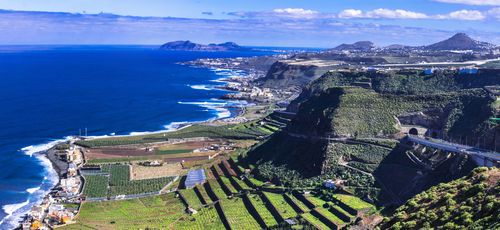
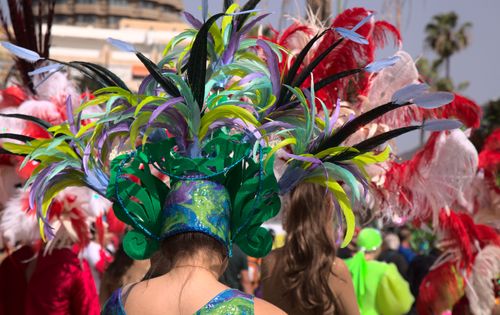
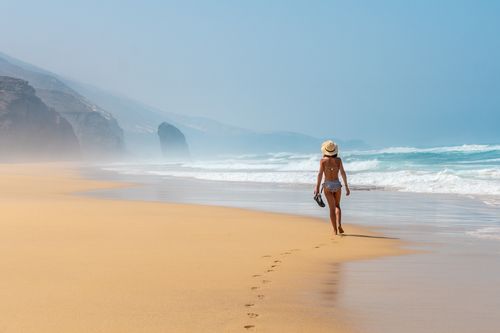

 1
1
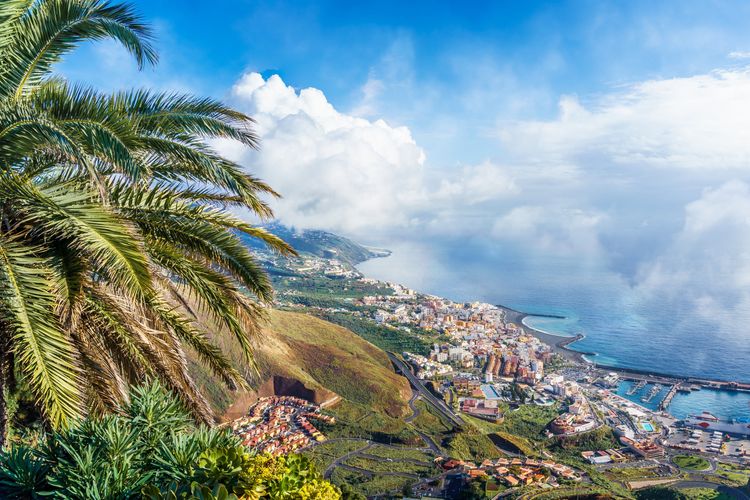 2
2
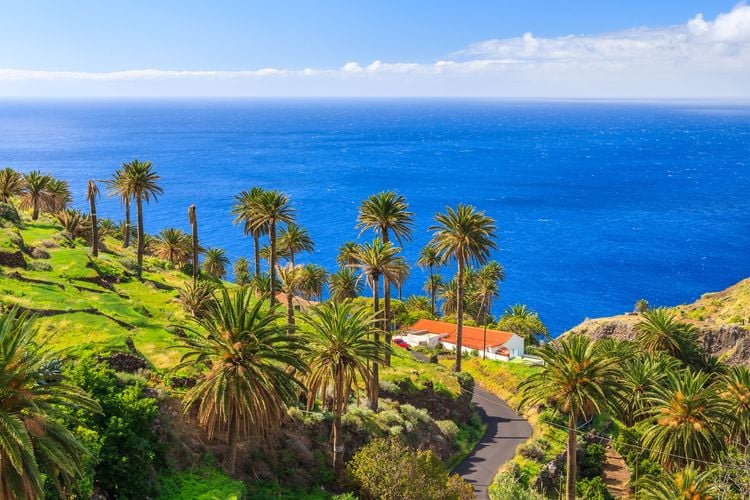 3
3
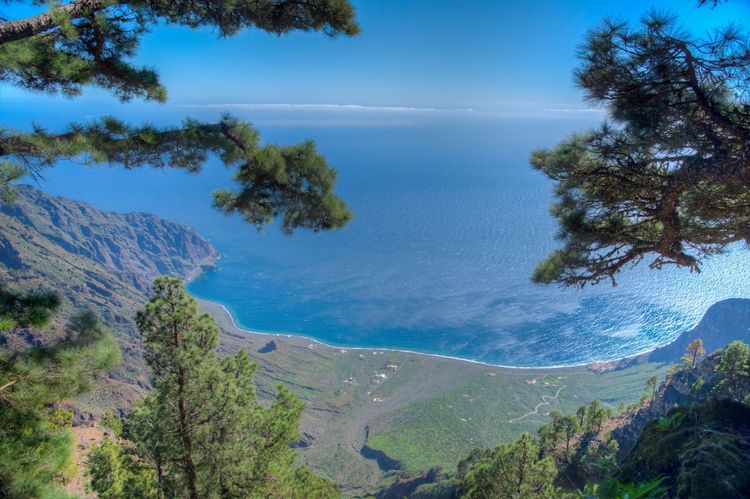 4
4
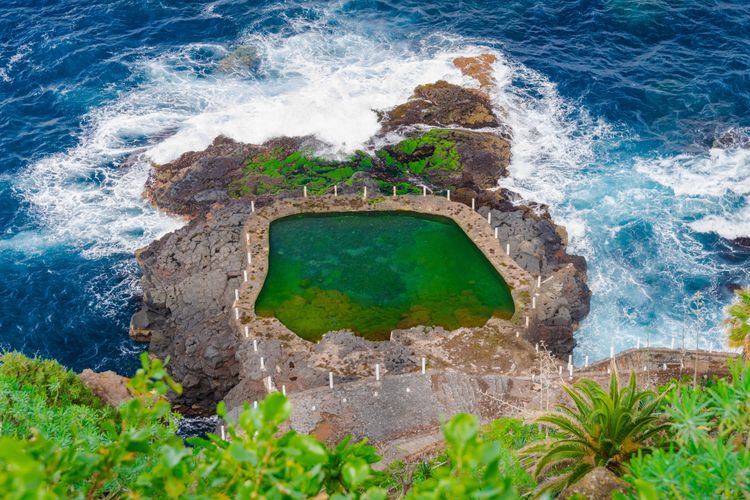 5
5
 6
6
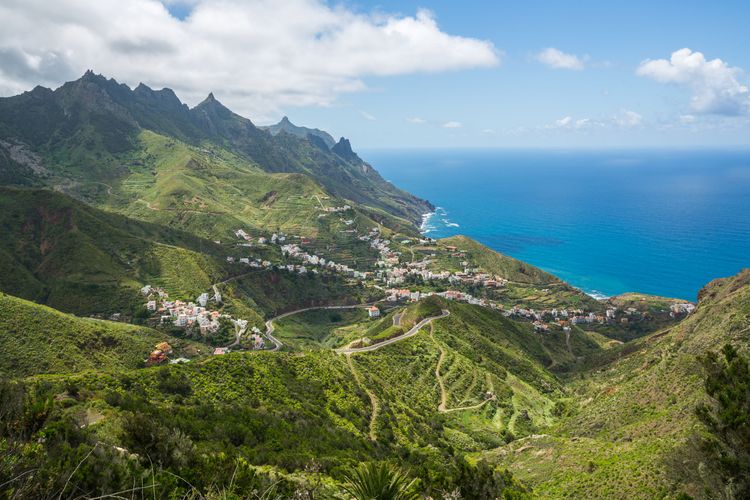 7
7
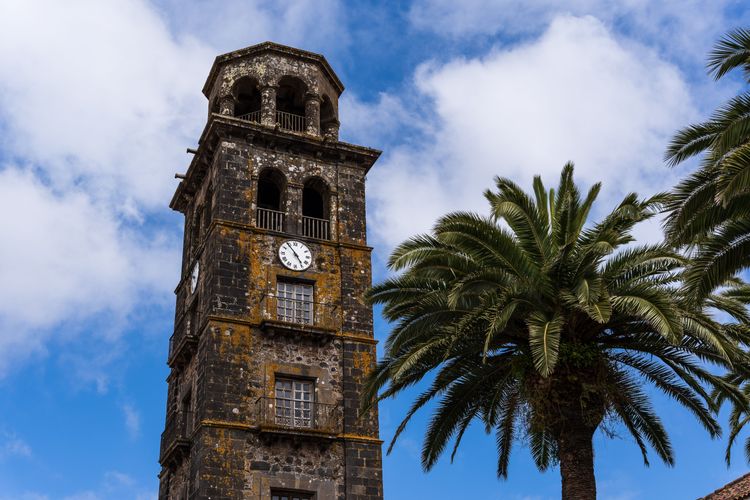 8
8
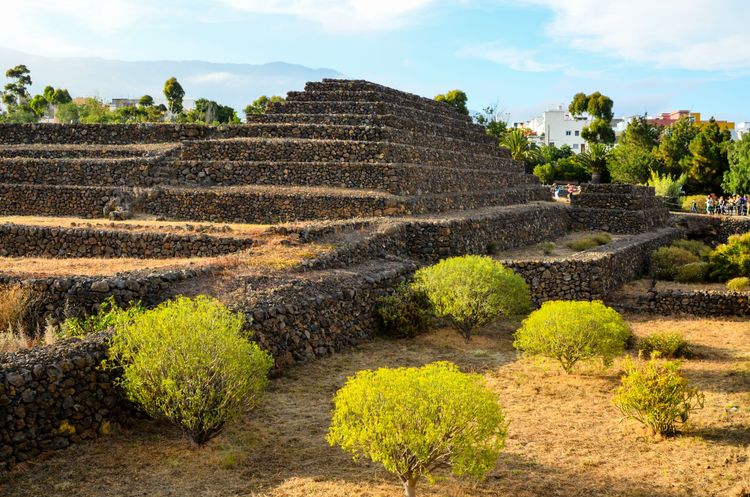 9
9
 10
10
While it is theoretically possible to get there by boat, the easiest way to get there is by plane. Lanzarote, Tenerife, Fuerteventura, Gran Canaria and La Palma all have international airports. Allow around four hours' flying time.
Tenerife, Fuerteventura and Gran Canaria are the Canary Islands' most popular tourist destinations, offering all types of accommodation, including a good number of holiday clubs. Lanzarote and La Palma are attracting more and more visitors, and their range of accommodation is expanding. La Gomera and El Hierro are more confidential, so the good addresses are more authentic.
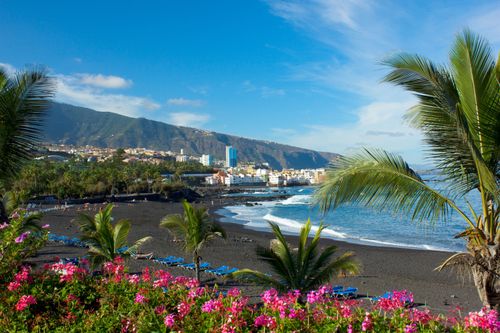
Spain is part of the Schengen area, so a simple identity card or passport valid for three months after the date you plan to leave the country is all you need to travel to the Canary Islands.
The Spanish currency is the euro, as in France. ATMs generally accept international credit and debit cards, as do most hotels, restaurants and shops. Don't hesitate to contact your bank to find out more about your withdrawal and payment arrangements abroad.
Service is generally included in the bill, but it is a good idea to leave a tip in restaurants, hotels, taxis and bars if you are satisfied with the service. Allow around 10% of the price.
Get out your swimming costumes and sun cream - the Canaries have year-round sunshine! The temperature varies between an average of 21°C in winter and 28°C in summer, and rain is rare, making it a pleasant destination to visit whatever the season! You can also enjoy the beaches all year round, but if you're a little chilly, prefer the period from June to November.
To get around an island, we advise you to hire a car or book excursions, as getting around by public transport can be complicated. To travel between the islands, you can take a ferry: it's an economical way of discovering magnificent landscapes and, perhaps, meeting dolphins! The companies Armas, Fred Olsen, Líneas Romero and Biosfera Express organise crossings. Another option is to fly. Several times a day, the airlines Binter Canarias and Canary Fly connect the islands in less than an hour.
The official language of Spain is Castilian Spanish, which is also used in administration, but the Canary Islands also have their own language: Silbo. You'll be able to communicate in English with most locals and, in the main tourist spots, you'll have no trouble finding directions in French.
The standard is 220V and the plugs are European type, so you will need an adaptor when coming to the Canaries.
The Canaries are known for their gentle way of life and the friendliness of their inhabitants. Nevertheless, as in all tourist regions, we advise you to remain vigilant and to be careful with your belongings; don't leave anything lying around in your car. The emergency number is 112.
Before you leave, remember to obtain the European Health Insurance Card from your social security centre for reimbursement of any medical expenses you incur locally. And don't forget to take out repatriation insurance.
If you want to see all the Canary Islands in one go, we understand - there's so much to discover in the archipelago! Even so, take the time to feel the atmosphere of each island. In our opinion, each one deserves at least a week there!
explore Try out our comparators
It is Easy to travel

